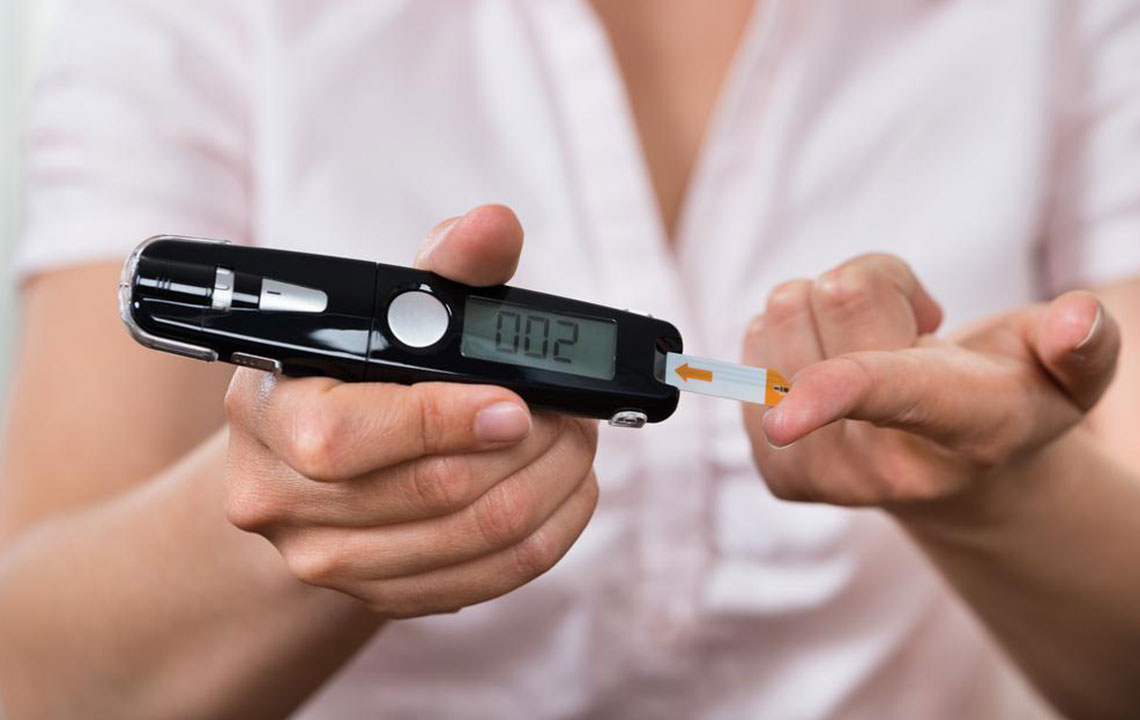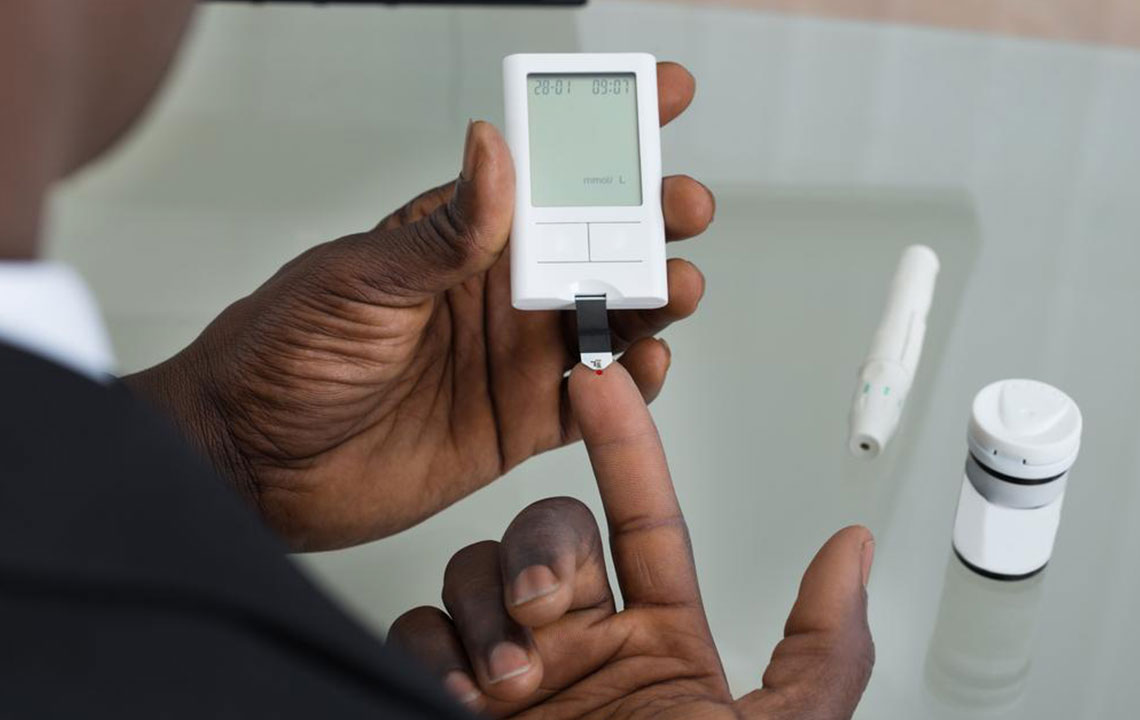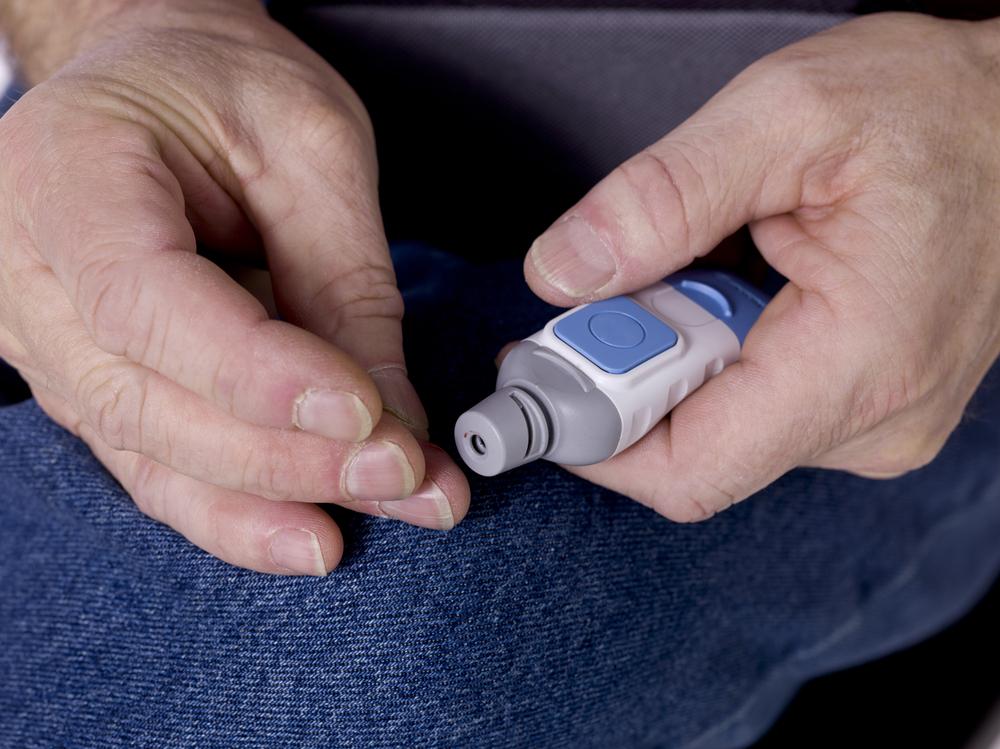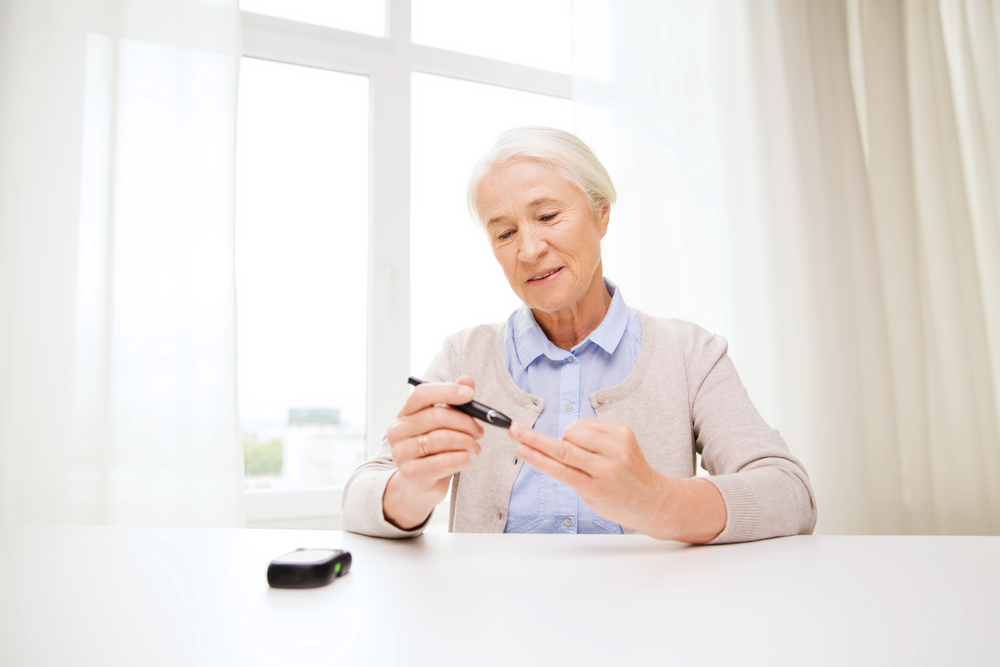Comprehensive Guide to Choosing the Best Blood Glucose Monitoring Device for Diabetes Management
Learn comprehensive tips for selecting the ideal blood glucose monitoring device essential for managing diabetes effectively. This guide covers factors like cost, usability, and data management to help you make an informed choice that suits your lifestyle and health needs.
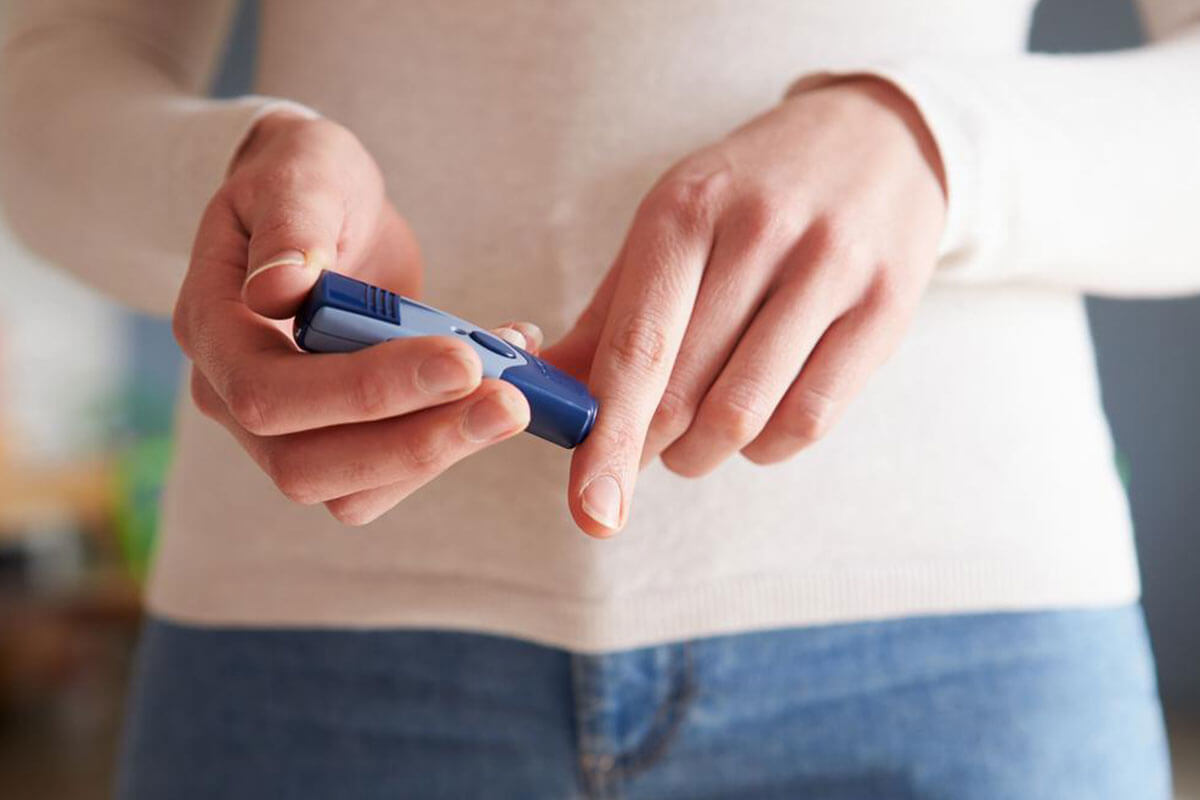
Essential Tips for Selecting the Right Blood Glucose Monitoring Device
Efficient management of diabetes hinges on choosing the appropriate blood glucose monitoring device. By understanding vital factors before making a purchase, individuals can select a device that best suits their health needs and lifestyle.
Diabetes mellitus is a chronic condition that affects the body's ability to regulate blood glucose levels. It mainly manifests in two forms: Type 1 and Type 2 diabetes. Type 1 diabetes is typically diagnosed in childhood or adolescence and occurs when the pancreas produces little or no insulin. In contrast, Type 2 diabetes generally develops in adulthood and is characterized by insulin resistance, where the body does not use insulin efficiently.
Both types of diabetes require lifelong management, including regular blood sugar monitoring, lifestyle adjustments, and medication adherence. For Type 2 diabetes, initial control can often be achieved through weight management, nutritious diet, and physical activity. However, as the disease progresses, many patients will need medications or insulin therapy. Patients with Type 1 diabetes must administer insulin daily via injections or an insulin pump, as their bodies cannot produce insulin naturally.
Recognizing symptoms of high blood sugar levels is crucial. Common signs include persistent hunger, excessive thirst, fatigue, frequent urination, mood changes, unintentional weight loss, and blurry vision. If untreated, high blood glucose can lead to serious health complications such as kidney failure, cardiovascular disease, stroke, nerve damage, and sexual dysfunction. Therefore, regular blood glucose monitoring becomes an essential part of effective diabetes management to prevent these adverse outcomes.
A blood glucose meter is an indispensable tool for individuals with diabetes, enabling them to check their blood sugar levels conveniently at home. Regular monitoring helps assess how well their diet, medication, and lifestyle strategies are working. Accurate readings guide timely adjustments to prevent hyperglycemia or hypoglycemia, maintaining blood glucose within target ranges. Choosing the right device involves considering various factors to ensure reliability, ease of use, and affordability.
Today’s market offers a wide array of blood glucose monitoring devices, from basic models to sophisticated systems with advanced features. Prices range from approximately $20 to $70, but ongoing expenses such as test strips can be significant. To select the most suitable device, it is essential to evaluate personal needs and preferences based on several critical considerations:
Cost and Ongoing Expenses While the upfront cost of a glucose meter may be affordable, patients should factor in the cost of test strips and lancets, which are frequently used. Test strips typically cost about $1 each, and frequent testing can amount to over $100 monthly. Budgeting for these recurring costs is vital before purchasing a device.
Ease of Use Choosing a user-friendly device is important, especially for elderly or first-time users. Consider how simple it is to operate, how quickly results are displayed, and how comfortable it is to obtain blood samples. Devices with minimal steps and fast results enhance compliance and reduce frustration.
Data Management Capabilities Modern glucose meters often come with features like built-in software or compatibility with smartphones and computers. These features facilitate tracking blood sugar trends over time, allowing for better management and communication with healthcare providers.
Instructional Support and Customer Service Reliable devices include comprehensive instructions and accessible customer service options. Support lines or online help can assist users in troubleshooting issues and understanding proper testing techniques.
Additional Features Consider features like backlit screens for easy reading in low light, large buttons for better accessibility, auditory prompts for visually impaired users, and memory capacity to store previous readings. These extras can greatly improve the overall user experience.
In summary, selecting a blood glucose monitoring device involves balancing cost, usability, features, and ongoing costs. By carefully evaluating these factors, individuals with diabetes can choose a device that supports their health goals and fits seamlessly into their daily routines, ensuring effective management of their condition and improved quality of life.

